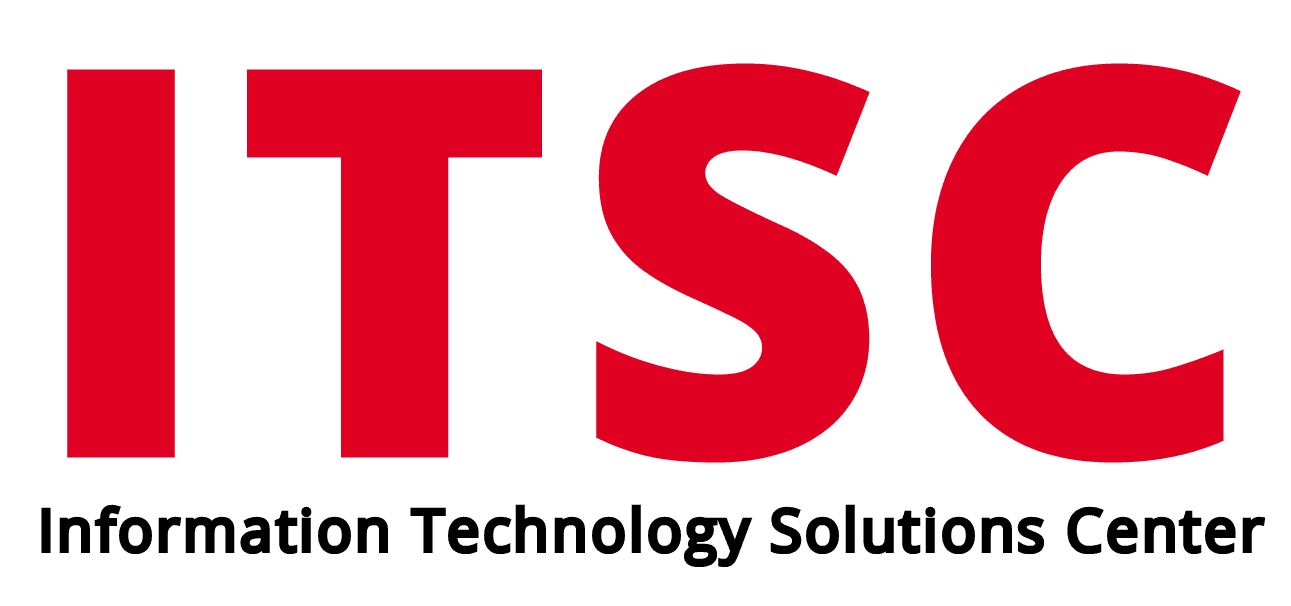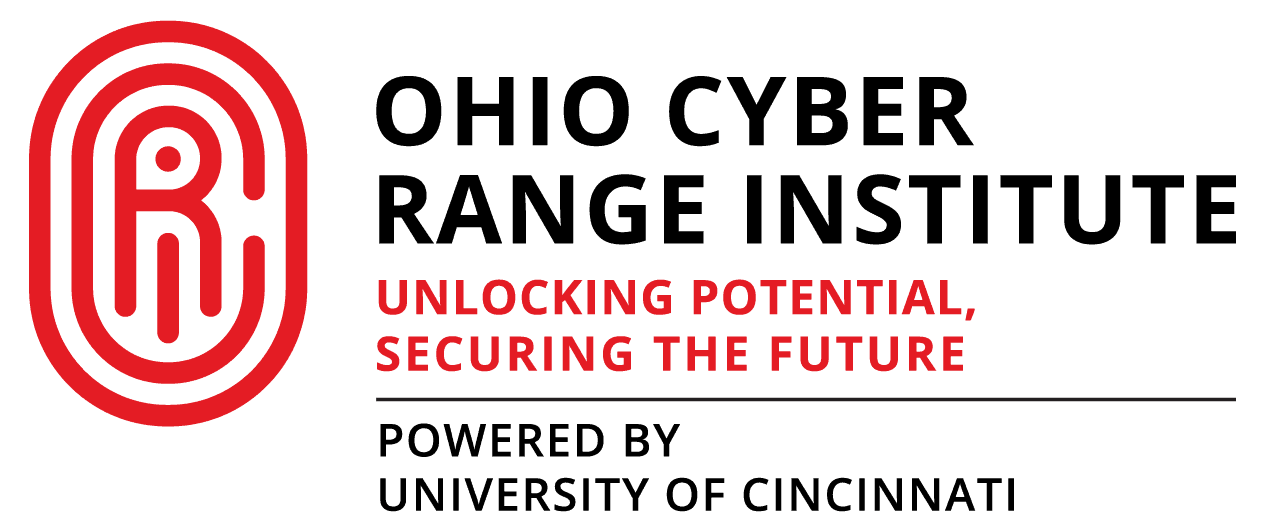Abstract
Digitalization has increased the consumption of natural resources and this trend is growing steadily. Though Digitalization rides on giant networks, powered by data centers and technologies distributed around the world, its raw materials comprise a variety of metals, plastics, and chemicals. Some of the more common metals include copper, lithium, tin, silver, gold, nickel, and aluminum which are often sourced from natural sources. There has been a growing concern about sourcing methods and the subsequent recycling of electronic devices which contributes to digital unsustainability. Not much research has been carried out on the particular areas of social-digital inclusion and environmental protection as two important pillars of sustainability. There has rather been increasing growth in the economic development pillar. This empirical research explores the best practices to extend connectivity and dive into the technology-environment nexus with the goal to find alternative innovation approaches that even less resource-intensive nations can adapt to achieve less costly and more sustainable technologies.
Authors: Lily Edinam Botsyoe, MSIT; Dr. Jess Kropczynski, PhD













